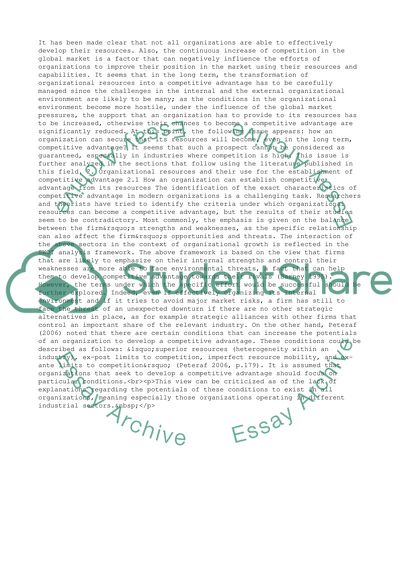Cite this document
(Organizational Resources and Establishing Competitive Advantage Essay, n.d.)
Organizational Resources and Establishing Competitive Advantage Essay. Retrieved from https://studentshare.org/management/1393231-strategic-management
Organizational Resources and Establishing Competitive Advantage Essay. Retrieved from https://studentshare.org/management/1393231-strategic-management
(Organizational Resources and Establishing Competitive Advantage Essay)
Organizational Resources and Establishing Competitive Advantage Essay. https://studentshare.org/management/1393231-strategic-management.
Organizational Resources and Establishing Competitive Advantage Essay. https://studentshare.org/management/1393231-strategic-management.
“Organizational Resources and Establishing Competitive Advantage Essay”, n.d. https://studentshare.org/management/1393231-strategic-management.


